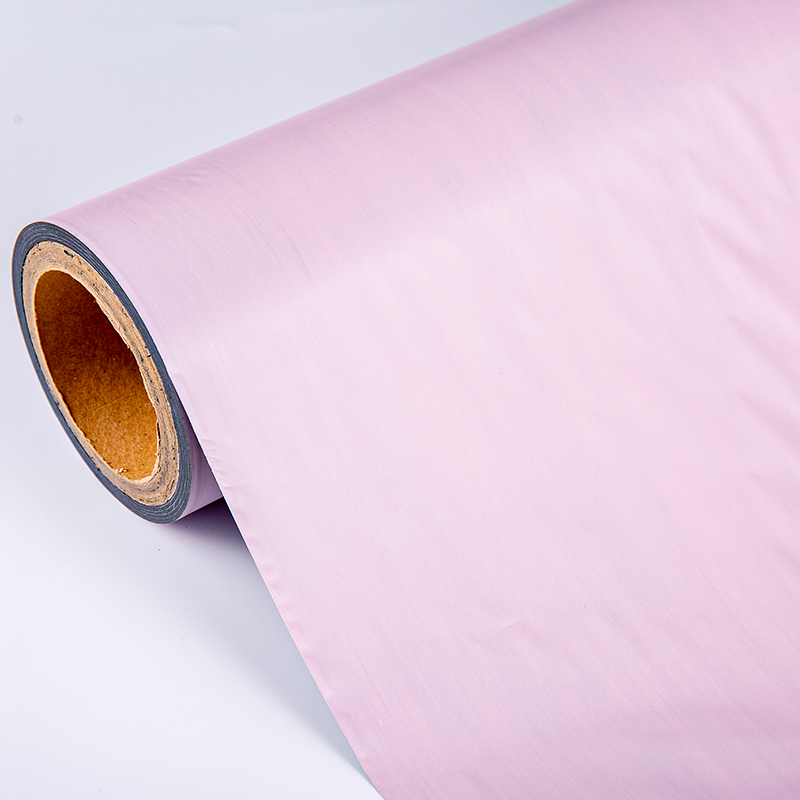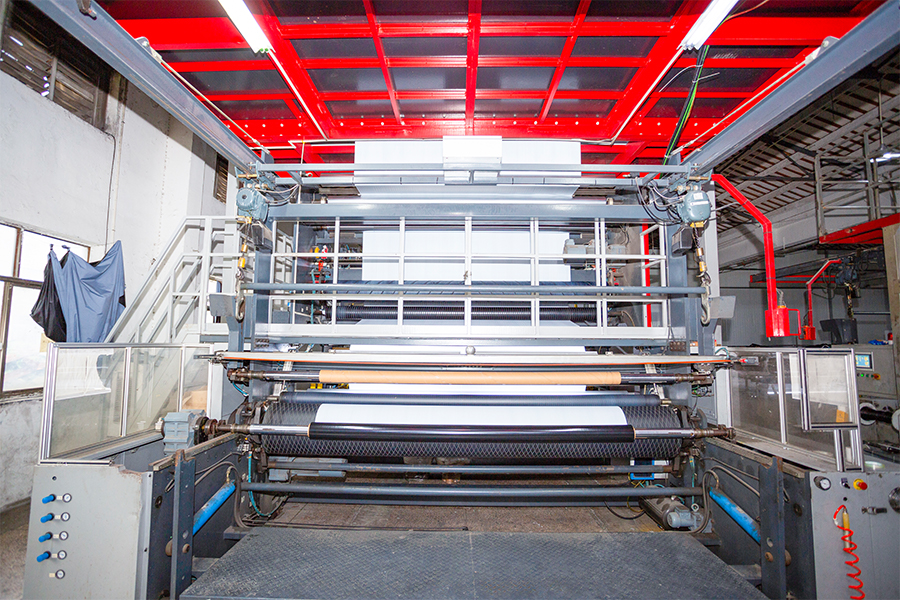How does blackout TPU films achieve its soft feel?
The soft feel of pink + black blackout TPU films is primarily achieved through a combination of material composition and specialized manufacturing processes.
Material Composition:
The primary material used in the pink + black blackout TPU films is thermoplastic polyurethane (TPU), a highly flexible and durable elastomer. TPU is known for its ability to maintain softness while offering strength and resistance to wear. The softness of the film is largely a result of the specific polymer formulation used, which includes plasticizers and other additives that enhance the tactile feel without compromising the film's performance.
Additives and Plasticizers:
Softness in pink + black blackout TPU films is often achieved by incorporating certain plasticizers or softening agents. These additives reduce the film's rigidity and improve its flexibility, allowing it to bend and fold easily without cracking. This softening effect also contributes to a smoother, more comfortable texture, making it pleasant to the touch, especially for applications like curtains or roller shutters where tactile feel matters.
Processing Techniques:
The film’s softness can also be influenced by the extrusion and calendaring processes used in manufacturing. During production, TPU is typically heated and passed through rollers (calendering), which can help achieve a smooth, consistent texture. The manufacturing process is carefully controlled to ensure that the pink + black blackout TPU films maintain a soft, supple feel while retaining their light-blocking and waterproof properties.
Blending of TPU with Other Materials:
In some cases, TPU films may be blended with other materials or treated with coatings that enhance the softness. These materials can help give the film a luxurious hand-feel, improving its comfort and tactile qualities without affecting its core performance features, such as light-blocking and waterproofing.
Thickness and Softness Balance:
The thickness of the pink + black blackout TPU films plays a role in their softness as well. Thinner films tend to feel softer and more flexible, while thicker films may be more rigid. The ideal thickness for achieving a soft hand-feeling is one that balances flexibility and durability, ensuring the film is not too flimsy but still retains its softness.



 Español
Español



























